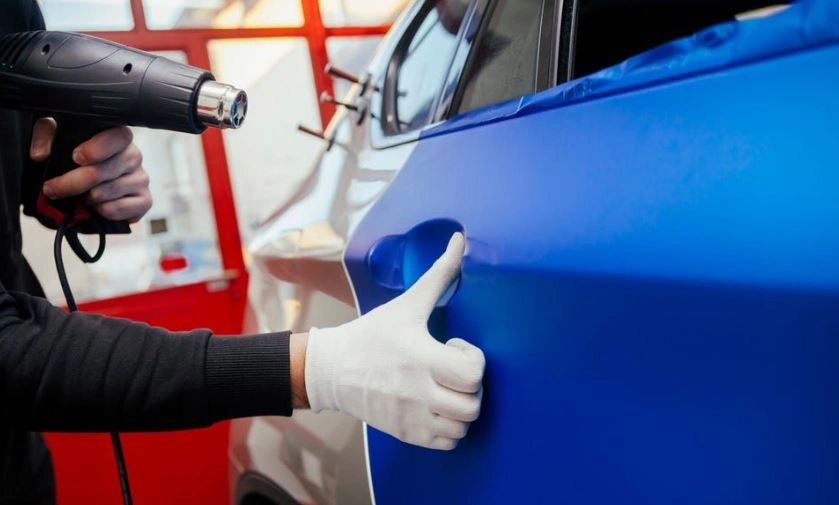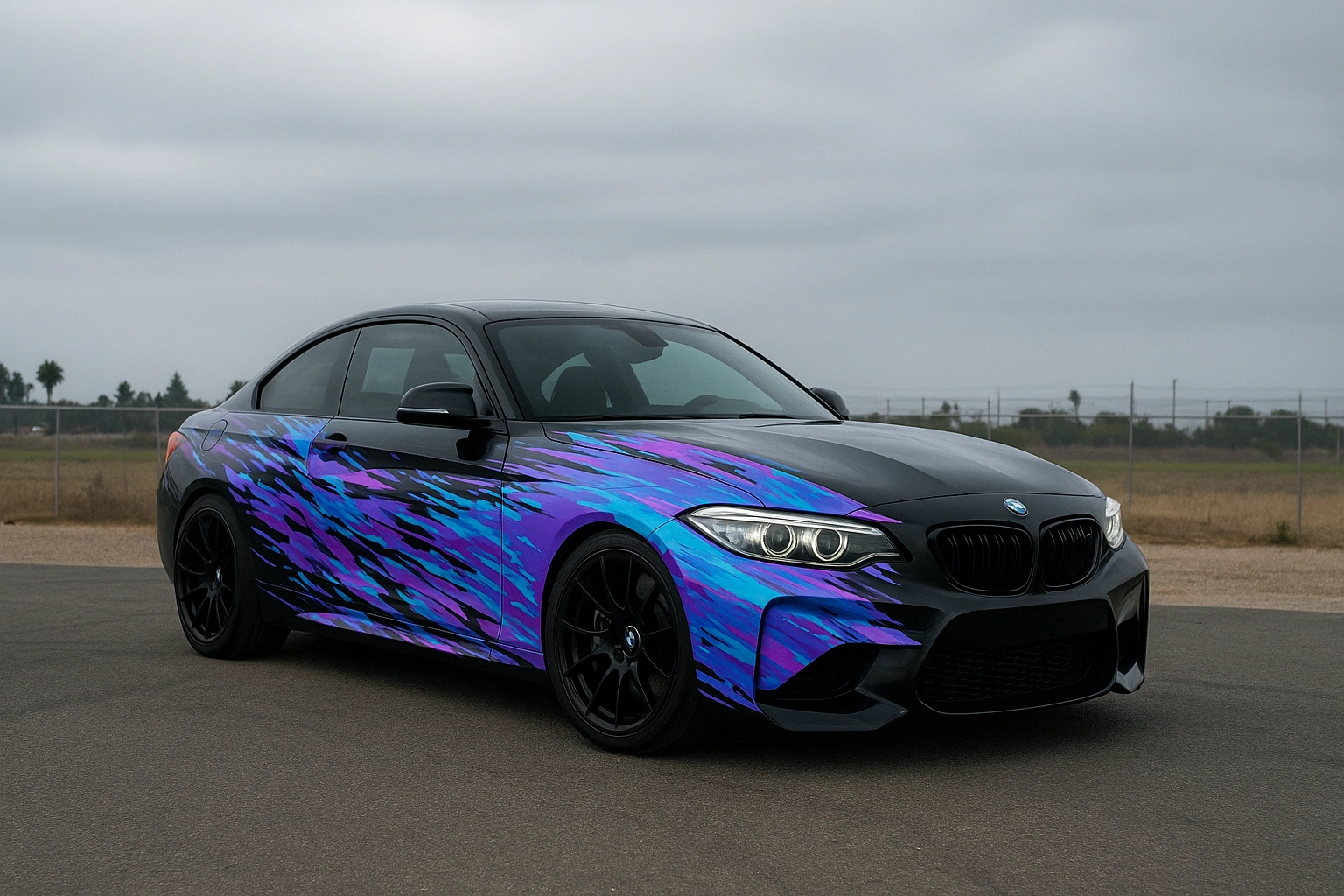Introduction
When it comes to car wrap installation, temperature is one of the most overlooked factors. The right climate ensures vinyl adheres smoothly, prevents bubbles, and extends the life of your wrap. In this guide, we’ll explore the best temperatures for installation, answer common questions from USA vehicle owners, and share practical tips to avoid wrap issues.
Key Takeaways
- The ideal car wrap installation temperature is between 68°F-75°F (20°C-24°C).
- Extreme heat or cold can cause adhesive failure, peeling, or cracking.
- Indoor climate-controlled environments are always preferred for wrapping.
- Proper installation conditions extend the lifespan of vinyl wraps.
- USA owners, detailers, and fleet managers should factor in seasonal changes.

Vinyl Wrap FAQs (People Also Ask)
The best temperature for car wrap installation is between 68°F and 75°F (20°C-24°C). This range ensures the vinyl is flexible and the adhesive bonds correctly. Installing in colder temperatures can make the vinyl brittle, while heat above 85°F may cause overstretching or premature adhesion. For step-by-step details, check the full car wrap installation guide.
Yes, but it’s not recommended unless the workspace is climate-controlled. Cold weather (below 60°F) makes vinyl less pliable and adhesives weaker, leading to poor bonding and peeling edges. If you must wrap during winter, always use heaters and keep the vehicle inside until fully cured. Learn how to prevent issues in our guide on how to fix peeling edges on a wrap.
Installing vinyl wrap in high heat (above 85°F) can cause overstretching and uneven adhesive bonding. The film becomes too soft, making it hard to control tension and avoid bubbles. Over time, this leads to premature wear or lifting. For better results, keep wraps within the ideal 68-75°F range and explore different finishes in our article on Gloss vs Matte vs Satin vs Chrome wraps.
Yes, whenever possible. Indoor installations allow control over temperature, humidity, and dust, all of which affect adhesion. Outdoor installations risk sudden weather changes, debris, and uneven curing. Professional shops like VinylWrapRo recommend enclosed environments for both small cars and fleet vehicles. To keep your wrap looking its best, follow this vinyl wrap maintenance guide.
Humidity impacts how adhesives cure. High humidity can trap moisture between the vinyl and paint, leading to bubbling or early lifting. On the other hand, extremely dry air may cause static buildup, attracting dust. For USA climates with seasonal humidity shifts, maintaining a stable indoor environment ensures a cleaner finish. For related insights, see do car wraps fade in the sun?.
Yes, but the installation environment matters more than the season. Even in hot states like Florida or cold states like Minnesota, wraps can be installed year-round if done indoors at the proper temperature. Fleet managers should schedule installations in controlled spaces to minimize downtime and maximize durability. See our breakdown of the full car wrap installation process.
Final Thoughts
The best temperatures for car wrap installation fall between 68°F-75°F, making climate control essential for long-lasting results. Whether you’re an individual owner or managing a fleet, the right conditions protect your investment and reduce future repair costs.
For a complete walkthrough, check our car wrap installation step-by-step guide. You may also like our cluster on Gloss vs Matte vs Satin vs Chrome: Which Finish Should You Choose?.VinylWrapRo is here to help USA car owners and fleets achieve flawless wraps, installed under the right conditions, every time.

